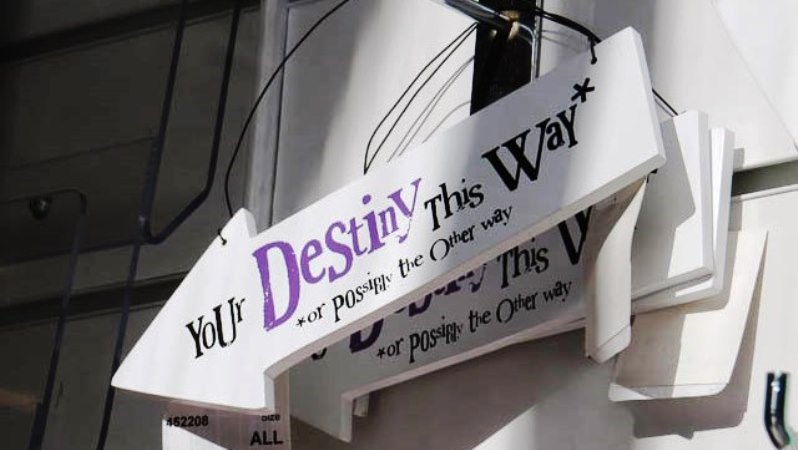Oh I just love open access articles, which are studies that are available FOR FREE to anyone who wishes to read them online. And this particular one (whose title coincides with the title of today’s post) falls into that lovely category… 🙂
I’d first like to mention that lenalidomide, perhaps more familiarly known by its brand name = Revlimid, is currently under an FDA safety review because it may increase a patient’s risk of developing a secondary cancer, such as acute myelogenous leukemia. If you haven’t heard about this and are interested in knowing more, have a look at this FDA link (in particular, check out the “Data summary” part): http://goo.gl/S5LAS
But the lenalidomide safety review isn’t the point of today’s post, which is instead to let you know about the above-mentioned, recently published study: http://goo.gl/8CQye To download the full text onto your desktop, simply click on “PDF” (where it says “Full Text”). Easy peasy.
The abstract reminds us how other studies have shown that curcumin helps bortezomib (Velcade) and thalidomide slaughter myeloma cells in part by making them more sensitive to the toxic effect of these two drugs. And, in this particular study, curcumin was shown to do the same thing when tested alone AND also together with Revlimid. In fact, when used together, curcumin and Revlimid killed TWICE as many MM cells as when tested as single agents.
Well well well…Here’s something NEW: according to this study, curcumin inhibits the cereblon gene. And inhibition of the cereblon gene enables Revlimid to kill myeloma cells. So now we have the name of a new myeloma target for curcumin–the cereblon gene!
How about that…!!!
Another interesting excerpt: As single agents, both curcumin and lenalidomide reduced the expression of both MDR1 and MRP. A combination of both agents resulted in enhanced reduction of MRP expression. This observation has not been previously reported. *
* Explanation: MRP is the acronym for “multidrug resistance-associated protein,” and MDR1 means ”multidrug resistance gene.” As I understand it, when we have high levels of these pesky MRPs and MDRs, it means that our myeloma cells have become resistant to conventional treatments. 🙁
But check this out: Exposure of H929 cells to curcumin alone resulted in a greater reduction in MDR1 compared to lenalidomide alone or a combination of both agents. Uhm…curcumin by itself is stronger than Revlimid??? Amazing! That could be due to the fact that the myeloma cells used in this study, which have a t(4; 14) translocation, are only partially responsive to Revlimid. Or, as the study authors suggest, it could be due to the fact that lenalidomide is “not a P-gp inhibitor in vitro or in vivo,” which means that Revlimid/lenalidomide doesn’t inhibit the multidrug resistant gene (P-gp = the above-mentioned MDR1 gene).
And this brings me to my question of the day (of the year…of the century…of the…etc.):
What is it going to take for us to invest more in curcumin’s anti-myeloma and chemoresistance properties? WHAT IS IT BLOODY GOING TO TAKE???
Let’s try to look at this situation in a rational manner. As I wrote in my previous post, the only way things are GOING TO CHANGE is if we take matters into our own hands to some extent…This means that we must arm ourselves with determination, persistence, solid research (PubMed, e.g.) and quite a bit of pigheadedness and patience. And if our doctors tell us to sit back and simply “watch and wait,” we mustn’t listen. It’s annoying that this same expression is still used in many of the MGUS and SMM studies…
“Watch and wait” is a thing of the past. It simply doesn’t work…At least for most of us, I’d say.
Whatever our stage (MGUS and SMM in particular), we can be proactive: take scientifically-backed supplements, eat anti-myeloma veggies and herbs and so on….get rid of the stress in our lives (as much as possible anyway!)…laugh laugh laugh, every day (also a way to reduce stress)…meditate (ditto)…take time off to do something fun…bird watching, playing cards with good friends…whatever makes us happy. There are so many things that we can do to improve our quality of life. Like Dr. David Servan-Schreiber, I strongly believe we need to feel that we are doing something. Doing nothing, or being told to do nothing!!!, is very stressful, and it’s time for our doctors to realize that…
And hey, if all this doesn’t work in the end, well…at least we tried.
No regrets.
Case in point. Last fall, my fabulous and much beloved Dad had radiation therapy to zap a malignant nodule that had developed on one of his vocal cords. Weeks before the treatment began AND then throughout the entire treatment period, he increased his usual 3-gram curcumin intake to 6 grams a day. And he also took a daily spoonful of Manuka honey, in addition to his regular supplements (vitamins and so on).
Well, he experienced just two side effects: 1. fatigue; 2. the skin on his throat turned bright red. Once the treatment ended, his throat’s skin color went slowly back to normal, and he wasn’t as tired, either.
But he didn’t develop mucositis or any of the other common side effects of radiation in that area…such as throat inflammation, painful or difficult swallowing, nausea, dry mouth, alterations in taste…etc. etc. etc.
There is more. At Dad’s first post-radiation checkup, the oncologist was reaaaaaally surprised to find that his vocal cord looked as good as new. The spot where the nodule had been had healed completely…no sign of even the smallest scar. Another thing: while Dad’s voice went down to a whisper (he never really lost it completely, as I recall), it soon came back loud and strong (he still loves to tease us by quoting from the British TV series “Downton Abbey”: “Hello, this is Carson, the butler. To whom am I speaking?” with his beautiful deep new voice).
Of course, each case is different…and we should pay attention to what our doctors recommend. But our doctors frequently (always?) don’t have time to keep up with the research, and that’s something we should keep in mind. Furthermore, many, probably most, of them aren’t even remotely interested in, or don’t believe in, things like diet or supplements (etc.).
And that’s where we come in…the well-informed patients. We need to share our research and speak up!
As I’ve written over and over again, it’s OUR lives at stake here…not theirs.






















